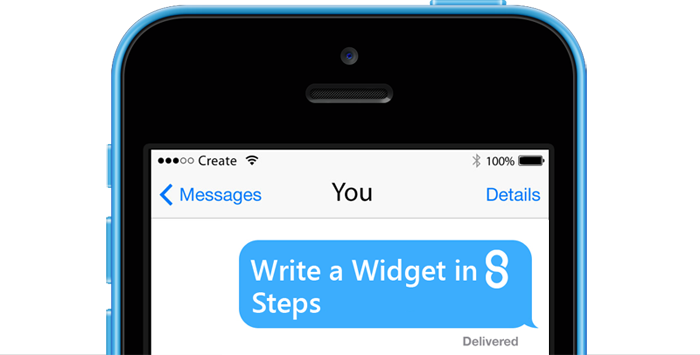For the past month I’ve been delving deep into the LiveCode IDE, with the purpose of preparing the product to be localised, so that strings in the UI are in the users’ language of choice. Simultaneously, I have been learning a new programming language myself.
One of the newest members of the LiveCode Development team, I joined in September fresh out of University looking forward to immersing myself in the world of software development, and picking up a new programming language to boot. I was excited to learn LiveCode, and seeing how well I’d be able to pick it up – as surely that’s the point, after all.
After a day of settling in and getting myself set-up and ready to work, I began my first project, localising the IDE. Initially, the project required me to trawl through reams of LiveCode script, looking for strings that would need translating, making a note of these strings and passing these strings through a dummy function. The dummy function just returned the strings in all capitals, making it easy to see what had been “translated” and what hadn’t. Ultimately, the localisation function would return the string in the user’s selected language, but for now the project just required that the IDE was prepared for translation and everything that would need eventual translating was documented.
The first stage of the project, while laborious, was an excellent learning curve for me. I was able to get in to the nitty-gritty of the product, see LiveCode being put to use and begin to write a small amount of LiveCode script of my own. I also got to see the ups and downs of changing the IDE through the IDE – a challenge in and of itself – instantly being able to see changes made or managing to break the IDE with one typo! It also highlighted how the product wasn’t designed with localisation in mind, as I came upon obstacles to translation such as images with English text in them.
The next stages, which I am working on now, involve me preparing the strings for translation, creating a tool for the translators and writing the localisation function. It was in these stages of the project that I was really able to start writing my own LiveCode script. Not only was I able to start doing this with relative ease, with some questions for specific situations, I quickly found myself able to fire off script in LiveCode as if I were writing some text in English. Having done a bit of programming at University and an internship in mobile development, I am not a complete novice when it comes to programming. However, I was impressed at how natural programming in LiveCode felt and I’m pleased to be part of a project that is making the product more accessible to budding developers around the world.
read more



Recent Comments